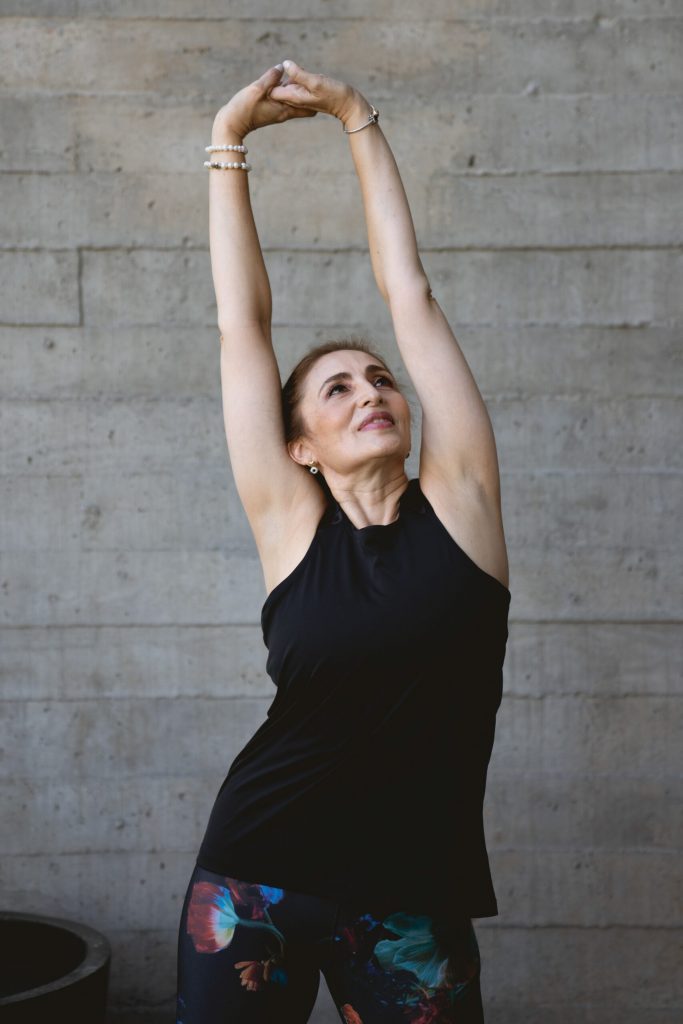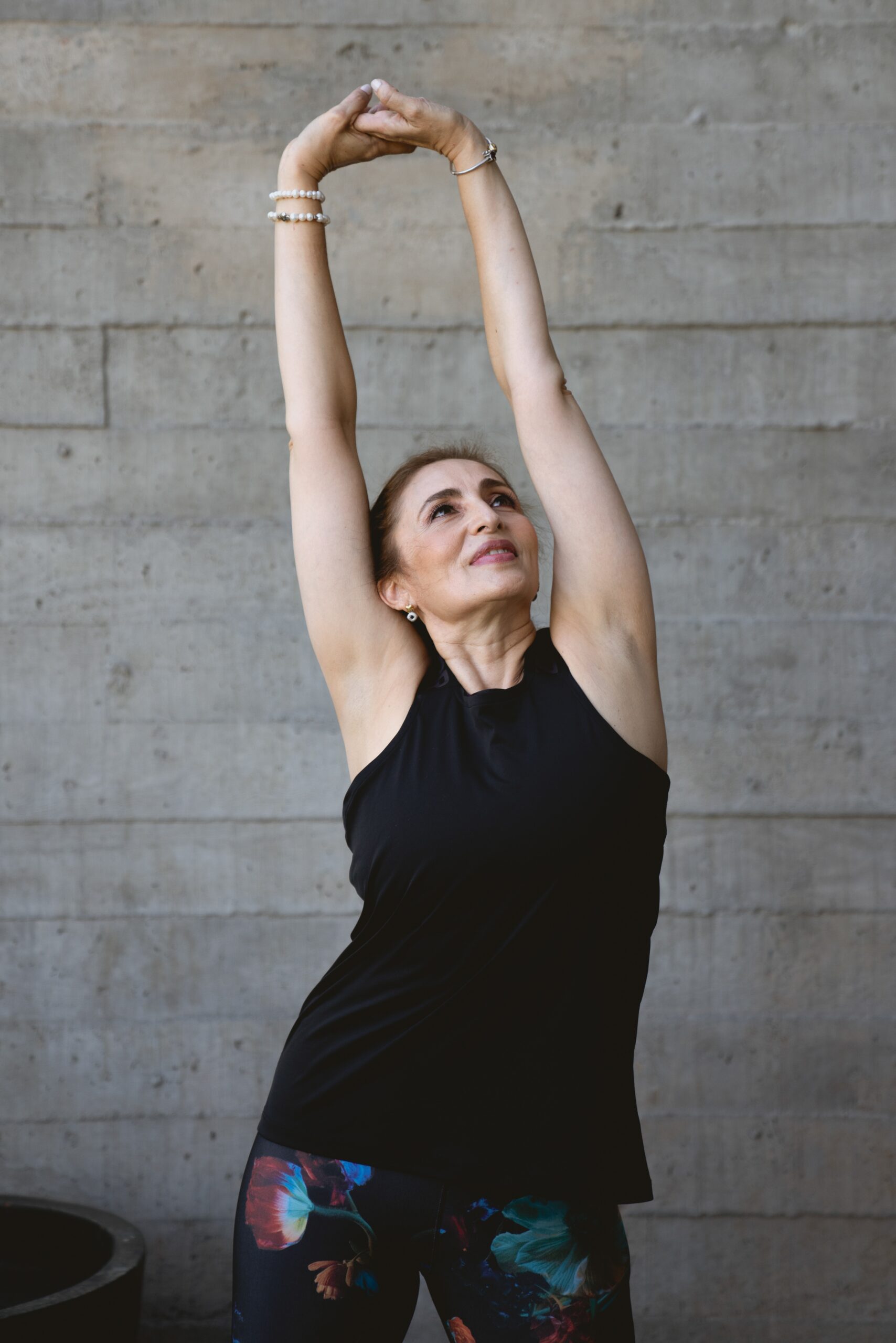
Reduce the risk of osteoporosis & keep your skeleton strong — That’s Not My Age

Photo: Pexels
Half of women and 20% of men over 50 will break a bone because of osteoporosis, where your bones become weak and break more easily, but you can help reduce your risk. Osteoporosis, which is Latin for ‘porous bones’, is a symptomless condition and you won’t know if you have it unless you’ve had a fracture or a bone scan. Our bones are made of living tissue, where two different types of cells constantly work to make bone, and to break it down. Healthy, strong bones should be able to withstand a fall from standing height without breaking.
Losing bone density is a normal part of ageing, but it happens much faster than normal for some people, and can lead to osteoporosis and an increased risk of fracture. Doctors can test for osteoporosis by referring you for a bone density scan, or DEXA scans.
Osteoporosis and the menopause
Yes, increased bone loss is yet another effect of the menopause, linked to oestrogen deficiency, and women lose bone rapidly in the first few years after the menopause. Women are more at risk of osteoporosis than men, particularly with early menopause (before 45) or if they’ve had their ovaries removed.
Reflecting this difference between the sexes, the condition has a mention in the government’s new Women’s Health Strategy, which also admits that ‘Not enough focus is placed on women-specific issues like miscarriage or menopause, and women are under-represented when it comes to important clinical trials. This has meant that not enough is known about conditions that only affect women, or about how conditions that affect both men and women impact them in different ways.’
One of the effects of HRT is to prevent bone loss, although it’s unlikely to be prescribed for this. According to the Royal Osteoporosis Society (ROS): ‘the current thinking is that HRT is generally safe and effective for menopausal symptoms. If used on a short-term basis, the benefits for most women will outweigh any risks. Most experts would also consider HRT as a useful option for osteoporosis treatment in women between 50 and 60, after a discussion of individual risks and benefits. HRT might be especially useful for women who also have menopausal symptoms. You will usually be offered other bone-strengthening medications after the age of 60 years.’
Other risk factors for osteoporosis
The condition can affect people of all ages, and causes include:
– family history, especially a parent’s hip fracture
– being underweight
– heavy drinking and smoking
– lack of regular exercise
– eating disorders such as anorexia or bulimia
– long-term use of steroids and certain other medicines that can affect bone strength or hormone levels
– other medical conditions such as inflammatory conditions, hormone-related conditions, or malabsorption problems
How to protect against osteoporosis
It’s too late to do anything about the first preventive measure, which is to lay down lots of healthy bone in childhood, by eating a calcium-rich diet. But there’s still time to take steps… In fact, taking steps, in the form of weight-bearing exercise is a great idea.
Bones get stronger when you use them, and the most effective exercise combines weight bearing with impact. Low-impact activities include walking and stamping, moderate includes running and high impact includes activities that involve jumping, such as star jumps or volleyball.
Strengthening your muscles is also beneficial as muscles are attached to bone and working your muscles means your bones work, too.
Stop smoking and cut down on alcohol. Drinking obviously increases your likelihood of tripping and falling over, as well as affecting bone structure.
Eat foods that are rich in calcium –important for maintaining bone health – such as leafy green veg, dried fruit, tofu and yoghurt.
Vitamin D is essential for healthy bones and in the UK taking a supplement from autumn to spring is recommended although ROS research says that only 37% of Brits realise that you can’t get vitamin D from sunlight between the end of September and beginning of April in the UK.
Measure your height regularly – if you get shorter this could be a sign of osteoporosis.
You can take an online test to see if you’re at risk on the amusingly named Sticks and Stones website, home of the Global Osteoporosis Foundation.
Adrienne Wyper is a health and lifestyle writer and regular TNMA contributor.